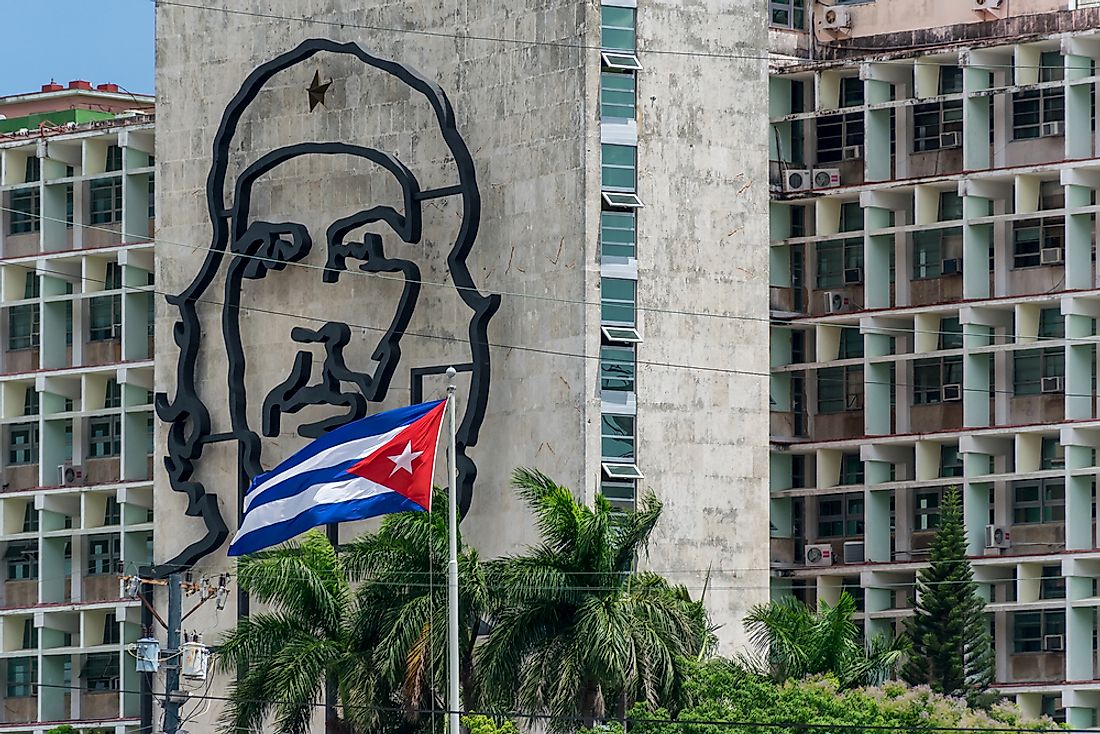Che Guevara – Important Figures in History

Dr. Ernesto de la Serna "Che" Guevara was an Argentinian-born Cuban socialist revolutionary, doctor, writer, political agitator, diplomat, and military strategist. Che witnessed the manipulative nature of capitalism and teamed up with Cuban Lawyer and guerilla leader, Fidel Castro, and together inspired a greater cause. Che would later run a global anti-imperialist crusade that led to his execution and eventual legacy.
5. Early Life
Che was born on June 14, 1928, in Rosario, Argentina to an Argentine family of Spanish and Irish origin. His father prophesied his rebellious nature at his birth and Che grew up in a leftist leaning family where he developed compassion for the poor. He later became an all-round sportsman with an aggressive style of play and showed strength in chess, poetry, and reading. He would later love Philosophy, Political Science, Math, Engineering, Sociology, History, and Archeology. Che studied medicine and took breaks in between to explore South America. He made a 2,800 mile journey in northern Argentina on a bicycle and later traveled 5000 miles in nine months through South America on a motorbike. Che’s third journey was between July and December 1953. During this time, Che learned land reforms from the Guatemalan government that was later overthrown by US sponsored rebels. Che met Fidel Castro in Mexico in 1955 and they became revolutionary friends. Comrades and enemies admired his brilliance, charisma, competence, courage, tactics, morality, patience, and diplomatic nature that saw him rise through the leadership ranks to become the second in command after Castro.
4. Career
Che was a highly talented individual and trained doctor. He performed many duties whenever there was a need. He treated the sick, lectured medicine students, and became a journalist in Mexico. During the revolution, he was a de facto doctor, thinker, and tactical leader. Che became a minister in Castro’s government and was a leading diplomat to different countries. His last official duties included serving as both President of the National Bank and Instructional Director of the Armed Forces.
3. Major Contributions
The success of the Cuban revolution is credited to Che’s work as a military leader, a doctor, and servant of the people. As a Cuban minister, Che introduced the highly successful agrarian land reforms and nationwide literacy campaigns. He also secured trade deals for Cuba when America established trade embargo against the country.
2. Challenges
Che had asthma, a disease that he managed well but which ultimately failed him during his last years as a guerilla leader. Che came out as a low-income family man owing to his commitment to revolutions and belief of a higher calling. He married twice and rarely spent time with his children. He was constantly on the lookout for the CIA to avoid being captured or killed. From a young age, Che’s beliefs landed him onto the CIA watch list.
1. Death and Legacy
The Bolivian Army wounded and captured Che on October 8, 1967. The following day, President Rene Barrientos ordered a 27-year-old army sergeant to kill him and have his body paraded. Che’s hands were chopped off and sent to Cuba and Argentina and his body was buried in an undisclosed location. In 1997 his body was found and was taken back to Cuba.
Che left a contradicting legacy depending on which side of history a person stands. Cuban exiles and some Americans consider him a violent oppressor who was full of hatred and resorted to murdering his enemies at the slightest provocation. Many others admire him as a symbol of possibilities, a heroic figure, a humanist, an honest political agitator, and an intellectual. Che’s face remains a worldwide symbol of truth and anti-oppression. He is a national hero in Cuba with some currency denominations bearing his face and name. School going children in Cuba must pledge “to be like Che” and various statues were erected in his honor. Many Argentinian schools and museums are dedicated to Che while few Bolivians hallowed him and pray to him for assistance.







